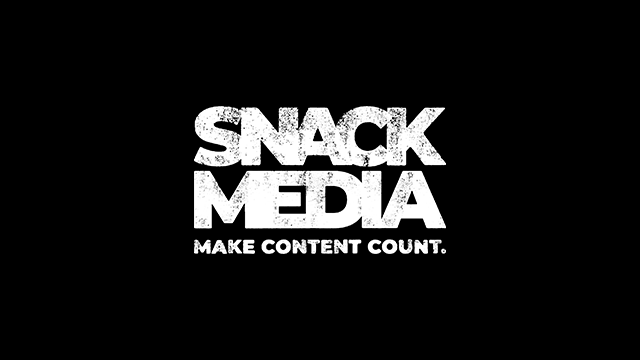It’s 2017 and the days of strictly engaging with fans on match day through television broadcasting are in the rearview mirror. Social media usage is at an all-time high (100 million people joined Instagram in the past 4 months), but the monetisation of such a prominent fan engagement tool has yet to be taken advantage of. Recently, clubs such as Manchester City and Southampton FC have begun taking small steps towards monetising their respective club’s online and social media presence.
Enter the question of pros and cons in terms of understanding the market value of social media. With teams placing too much of an emphasis on how much profit they make and how many fans they reach via videos posted to their Facebook or Instagram accounts, they potentially could lose sight of the fan’s number one goal for the club: to be the best in the league, and to win a trophy. On the contrary, if clubs do find a way to negotiate a deal with sponsors to monetise the value of fan engagement via social media, the club’s respective revenue would presumably increase. Thus, the club would have the ability to buy better players, develop training facilities, and attract a better coaching staff.
This brings up the question of singular post-monetisation. How does one calculate how much a post is worth? How much does the sponsor consider actively engaged fans, or impressions per post, worth? It’s hard to gauge how much value individual posts carry, which would make future club-sponsor contracts hard to work out. On the other hand, many clubs have die-hard fans that eat, sleep, and breathe their clubs. If Premier League teams and sponsors can figure out a way to access this addition source of revenue, the future of social media in sports could be a very valuable commodity for both respective parties.





